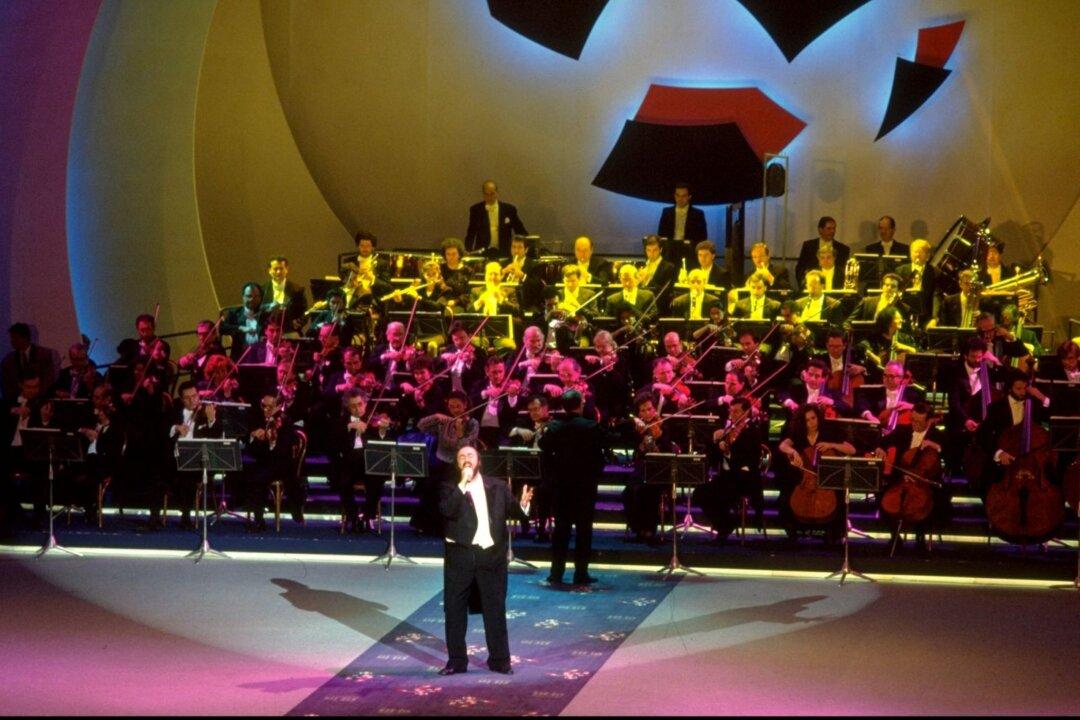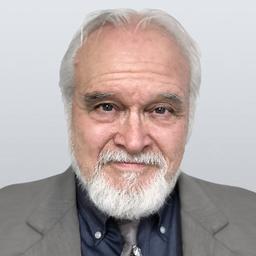Last year’s presidential election was decided in the closing minutes of the closing day of the 2024 Republican National Convention (RNC). It was then that tenor Christopher Macchio proclaimed on behalf of Donald Trump: “I will win! I will win! I will win!”
He did not say those words in English. In fact, he didn’t say them at all. He sang them, in Italian:
“Vincerò! Vincerò! Vincerò!”

The words’ meaning may have flown past most at the convention, but the music’s meaning did not. It was the soaring melody of Puccini’s famous tenor aria “Nessun dorma,” from his opera “Turandot.” Who could lose after such a dramatic proclamation of victory?
“Nessun dorma,” translated as “no one sleeps,” is sung by the character of Calaf and refers to the sleepless night endured by him and the opera’s other characters as they await the dawn when Princess Turandot will either be wed—or kill everyone in sight. (Spoiler alert: She gets married.)
From Opera to Pop Culture
“Nessun dorma” was one of the very last pieces of music composed by Giacomo Puccini. He died in 1924, before completing the score of “Turandot,” and the version of the opera performed today was completed by another composer. Though it has been around since 1926, when “Turandot” was premiered, and though it has been a favorite of many a tenor since, it was Luciano Pavarotti who, at the opening festivities of the 1990 World Cup, introduced it to contemporary audiences. Pavarotti first sang it solo, then repeated it along with fellow tenors Plácido Domingo and José Carreras, beginning the trio that would become one of the best-known classical singing ensembles of the last 50 years, The Three Tenors.“Nessun dorma” subsequently became a part of pop culture. It was sung by other operatic tenors, of course, but was also performed by such unlikely singers as Aretha Franklin. Featured in many movies, “Nessun dorma” came to embody the very idea of the tenor aria and almost to symbolize opera itself.

Something Is Revealed
In Thomas Mann’s 1924 novel, “The Magic Mountain,” protagonist Hans Castorp is caught in a snowstorm that threatens to end his life. In a state of half-delusion, he looks back on episodes from his life. A musical memory arises:“Hans Castorp had been privileged to hear a world-famous singer, an Italian tenor, from whose throat the power of grace-filled art had poured over the hearts of men. He had held a high note – beautiful from the very first. And then gradually, from moment to moment, the passionate tone had opened up, swelled, unfolded, grown ever brighter and more radiant. It was as if veils, visible to no one before, were falling away, one by one – and now the last, or so they thought, revealing the purest, most intense light, and then one more, the ultimate, and then, incredibly, the absolute last, releasing a glory shimmering with tears and a brilliance so lavish that a hollow sound of rapture had gone up from the audience.”
The description fits “Nessun dorma,” which was still two years from being heard by anyone outside Puccini’s immediate circle. It embodies the late Romantic feeling of the aria and, in particular, Puccini’s way with composing them.
Many of Puccini’s most famous arias are at first factual, then revelatory. At the start, they state a simple condition, as in the condition of wakeful anticipation in “Nessun dorma.” In “Un bel di vedremo” from “Madama Butterfly,” it is faith in the return of the character’s husband. “E lucevan le stelle” from “Tosca” finds a man awaiting his execution, despairing that he has lost the woman he loved.

Then, the emotions open up, as the musical range widens and the voice climbs ever higher. Something is revealed. For Calaf in “Turandot,” victory appears before him. As the high notes roll out, he is not merely wishing to win, he knows he will win. For the title character of “Madama Butterfly,” the fact of her faith reveals, as the music builds, a core of devotion. That she will be tragically betrayed does not alter this. And as the young revolutionary in “Tosca” faces the fact that he will die in despair, his high notes reveal to him and to us that he has never before loved life so deeply.
All this is conveyed in the words of the arias, but it is exalted to something sacred by the music.
All of us live life on two levels. We work and eat and sleep and manage our affairs, but, behind it all, is the hidden knowledge of our connections to each other and to life and divinity. We know things we do not know we know. At certain moments, this truth is revealed. “Nessun dorma” and other Puccini arias portray these revelations, and with the knowledge of them, we may, at last, get some sleep.








